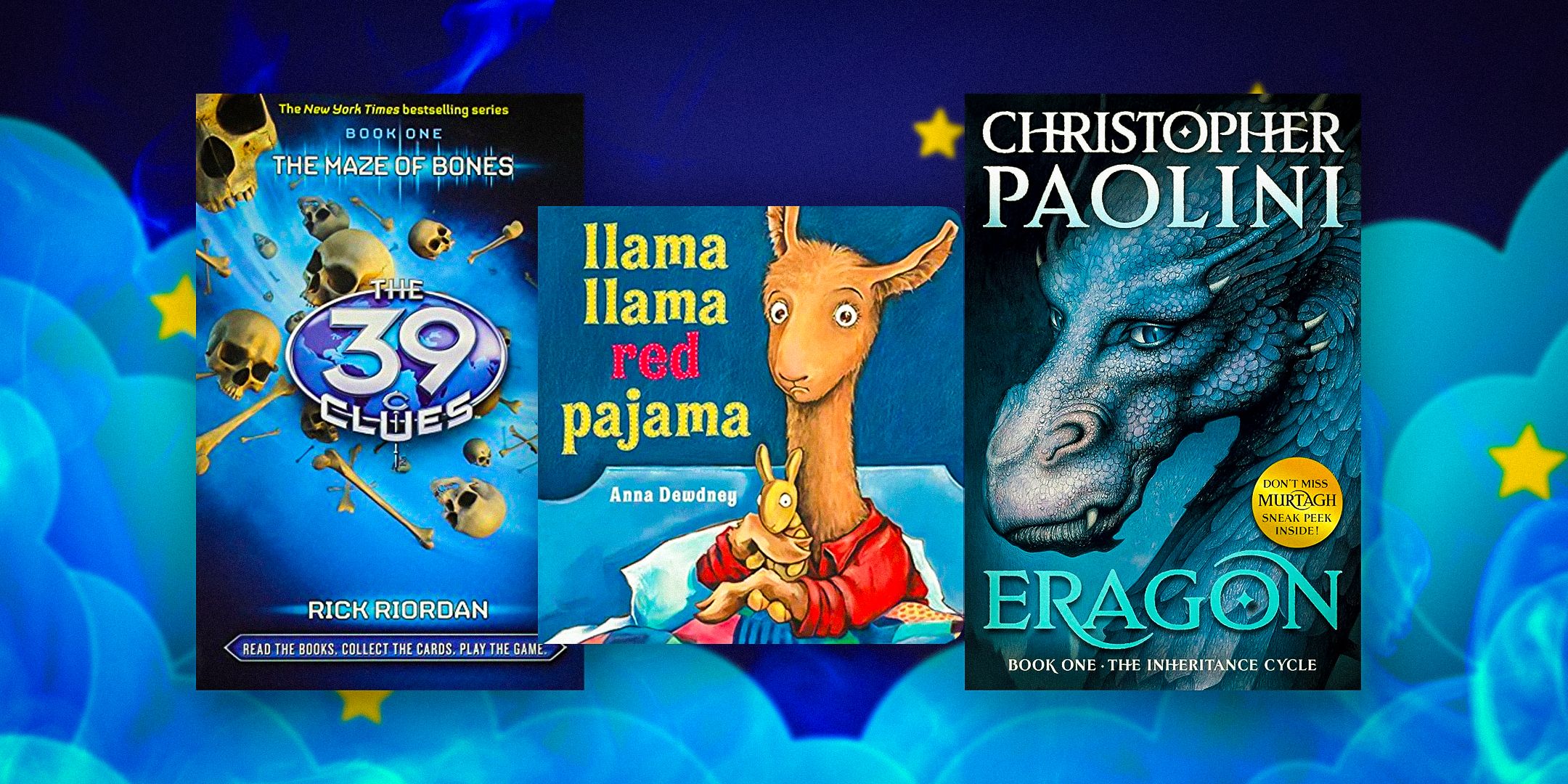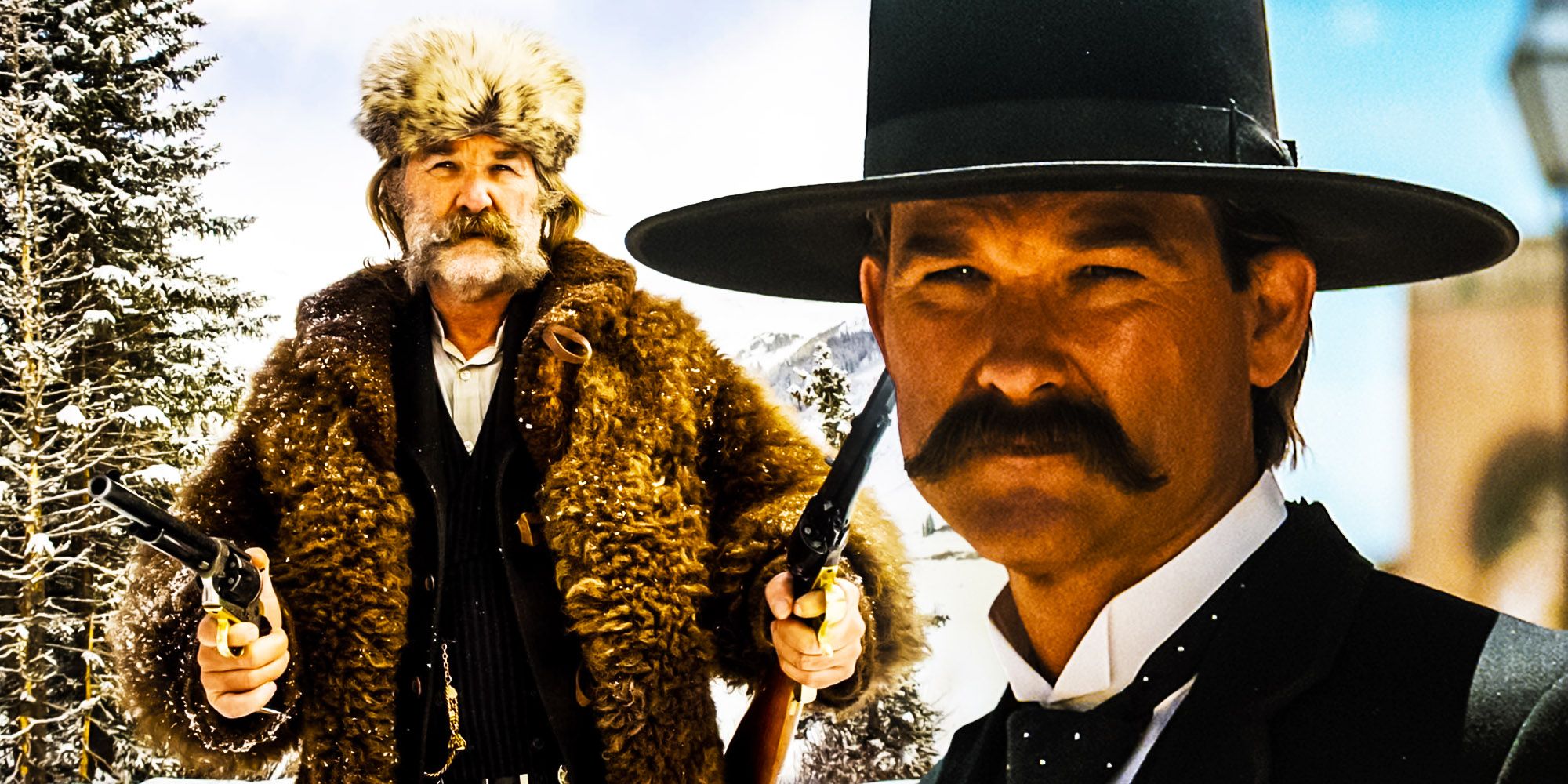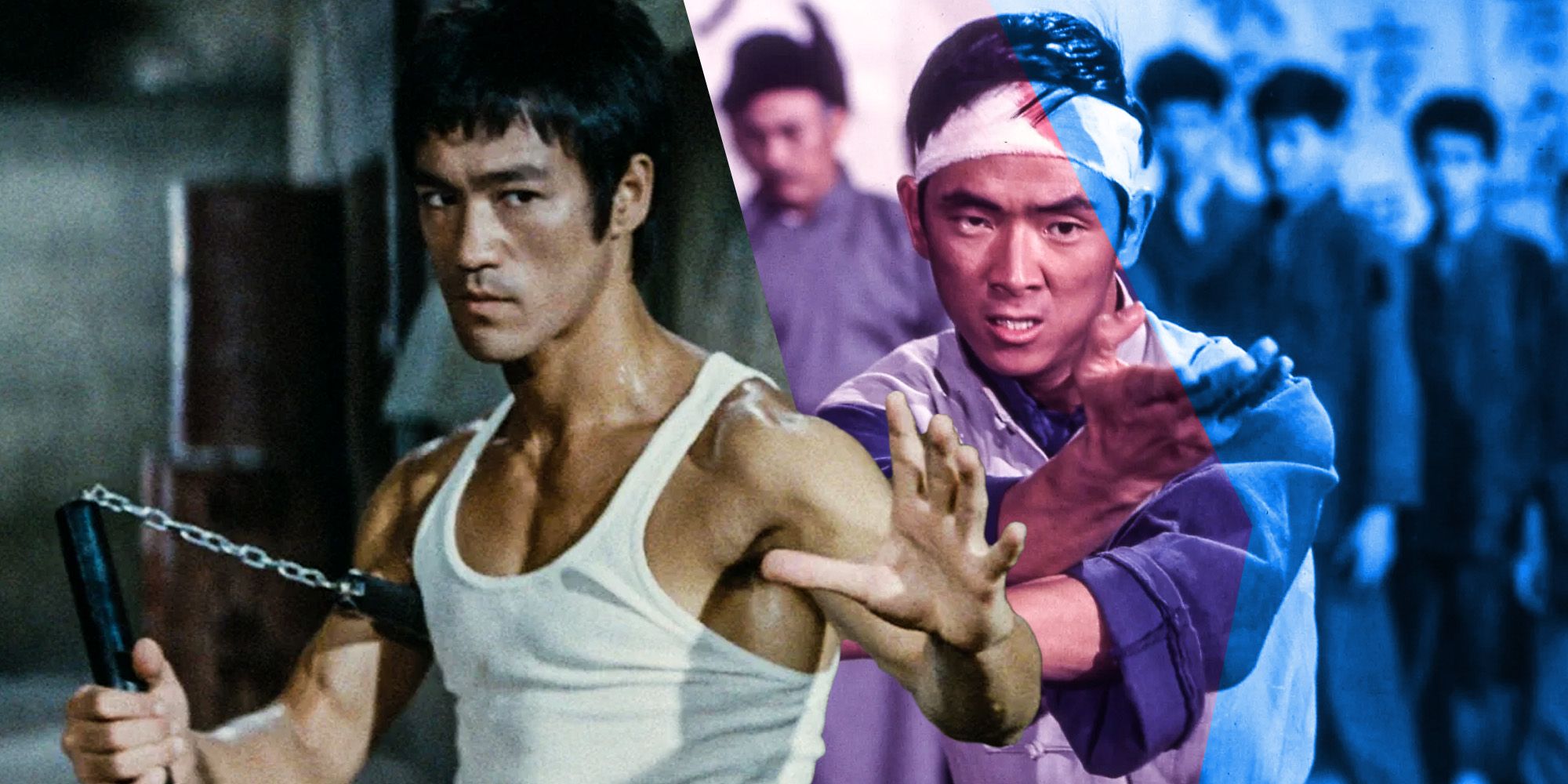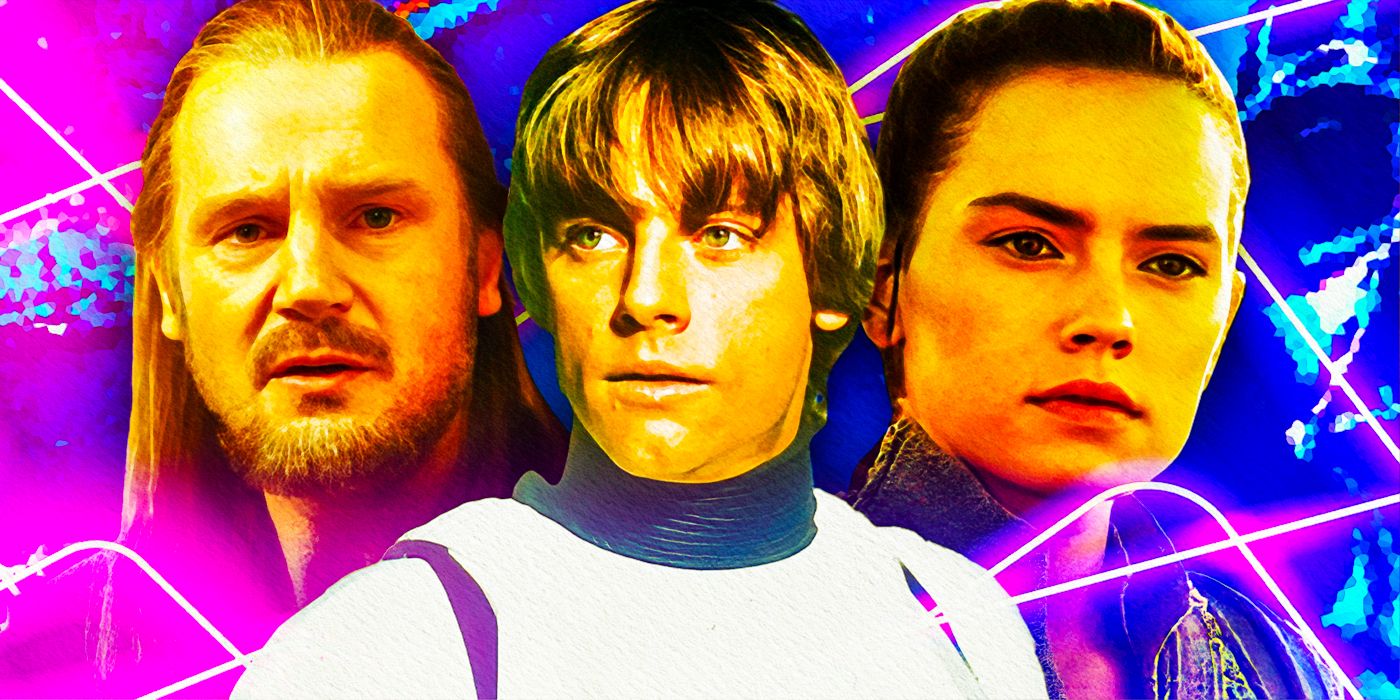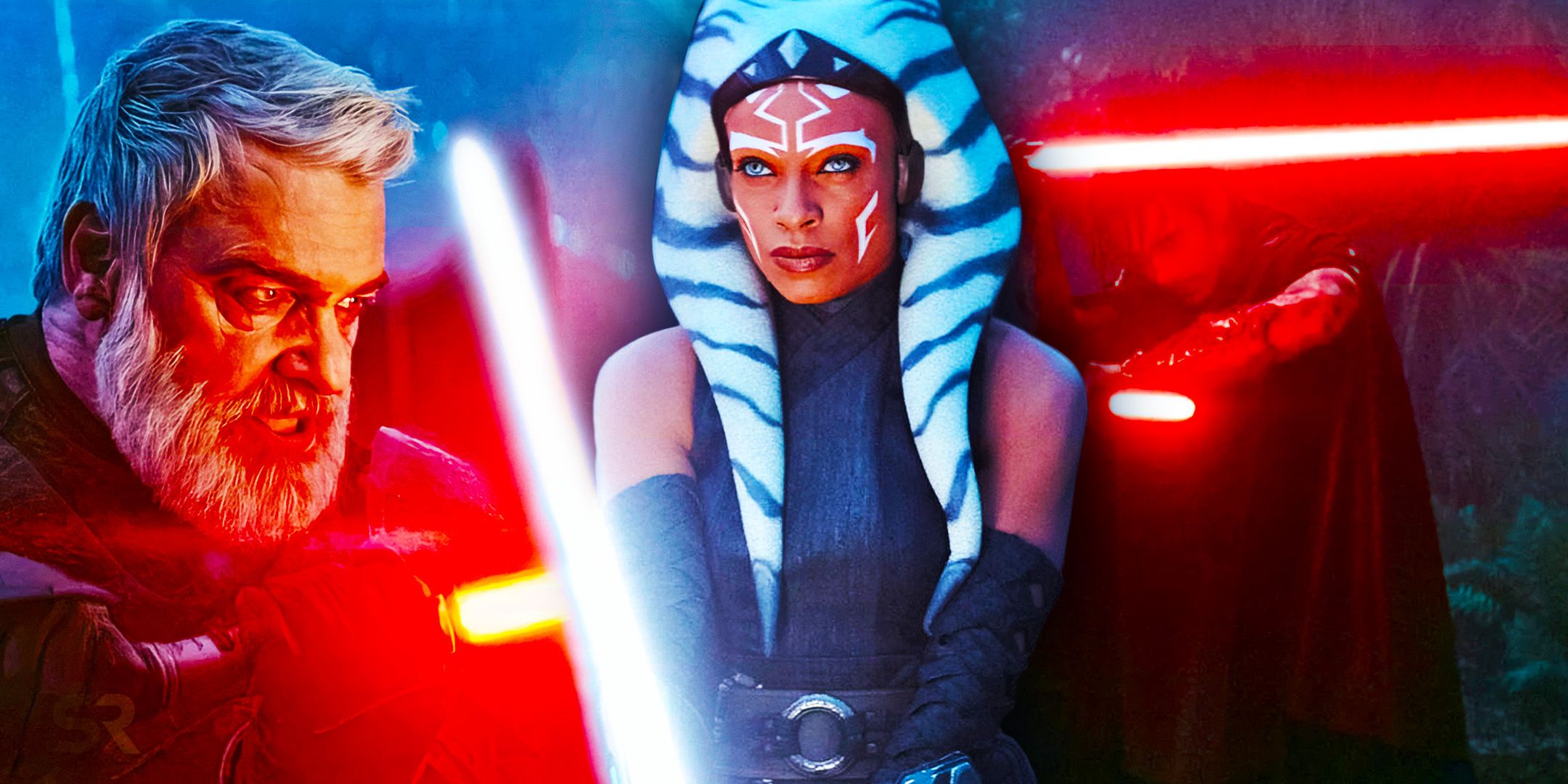Tim Burton’s 1989 film Batman was not only a turning point for the Batman intellectual property but also the way that blockbuster films are marketed. Batman is a deservedly iconic superhero film on its own merits, but the history behind and ramifications of its aggressive promotional campaign, nicknamed “Batmania,” is intertwined with the film itself. Forever changing the methods of film promotion made Batman the biggest DC Comics property for Warner Bros., with an influence that’s even felt in modern Marvel properties, such as the MCU franchise. Batman’s gargantuan marketing campaign was the result of a changing American communication industry in the 1980s, and a subsequent merger that allowed WB to market their upcoming film on an unprecedented scale – meaning Batman succeeded as both a film and as a brand and shaped the modern blockbuster film, regardless of genre.
Batman was one of DC Comics’ most mainstream intellectual properties, with the Dark Knight and his iconic cast of supporting characters and villains being second to perhaps only Superman, whose popularity and cultural significance transcended his comic book origins. Batman’s mainstream popularity was bolstered by the 1960s TV show starring Adam West as the titular Batman. While the series was successful, lasting for three seasons and encompassing a theatrical film, it led to a general perception of the Batman mythos as campy, despite its dark tales of surreal murders and organized crime. The Neal Adams and Denny O’Neal era of Batman comics in the 1970s brought the character into even bleaker territory, as did Frank Miller’s The Dark Knight Returns, but, despite these tonal changes, Batman was largely still defined by his more lighthearted 60’s adaptation.
Understanding that the Caped Crusader’s image needed to be changed, Warner Bros worked hard to reframe Batman as a dark and serious property, taking inspiration from The Killing Joke and Batman’s first year of publications (before the introduction of Robin). With new resources at their disposal, WB put Batman’s iconic yellow oval logo in as many places as they conceivably could, merged their marketing with the film itself, and made public awareness of the movie inescapable. The result was one of WB’s biggest superhero successes, influencing all subsequent Batman movies (regardless of continuity), creating the DC Animated Universe, and influencing the marketing strategies of studios’ major event films, including the Marvel Cinematic Universe.
“Batmania” Was A Cultural Phenomenon
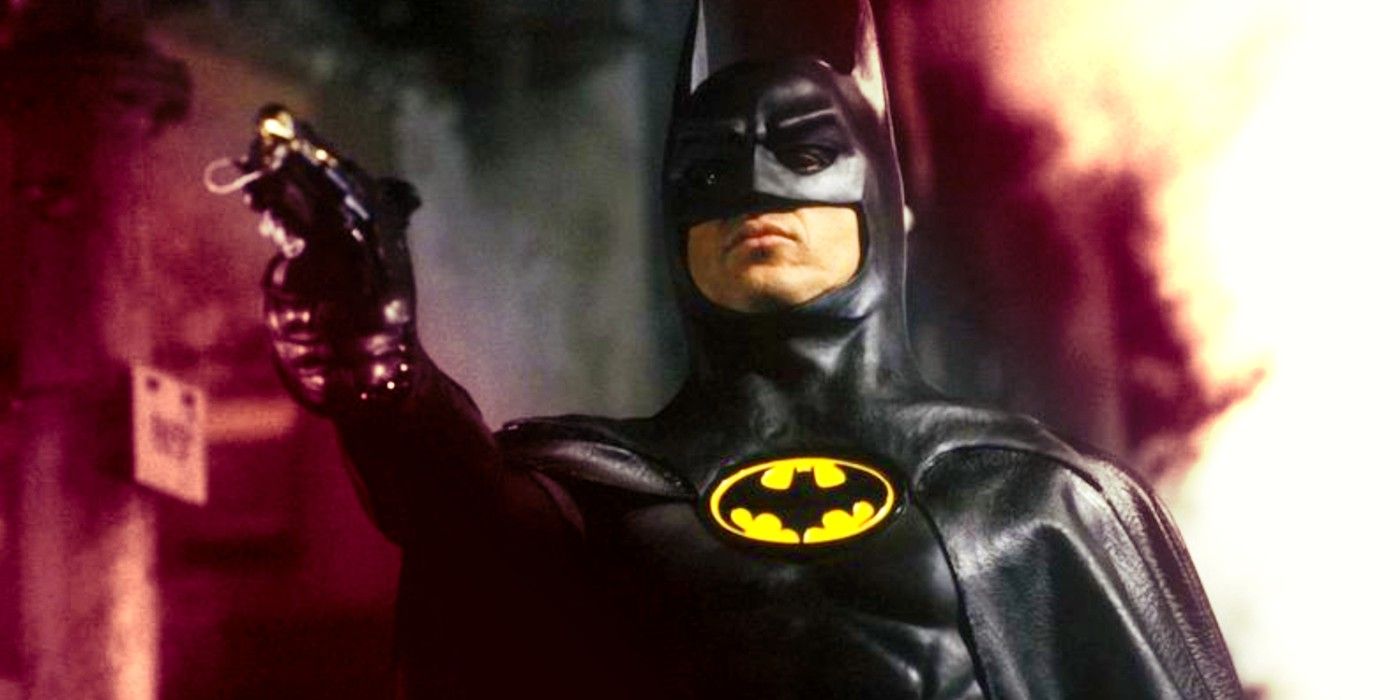
In the months leading up to Batman’s release, his iconic black and yellow symbol was plastered everywhere, with Batman posters on billboards, bus stops, and, of course, almost every conceivable form of merchandise. In addition to a plethora of toys and t-shirts, the Batman logo found its way into bookstores (via the film’s novelization), video games on multiple platforms, and even breakfast cereals. Batman’s merchandising craze became known as Batmania, and it succeeded with flying colors. It was impossible to ignore Batman in 1989, even for those uninterested in superhero comics and their film adaptations, and the ubiquitous presence of the Batman logo made public interest in the film skyrocket. In this way, even if the film itself had been unsuccessful, the merchandise revenue alone might have made up for it. Batman’s marketing was similar to the original Star Wars trilogy, though Batman’s was far more aggressive due to several key factors.
How WB Marketed Batman 1989
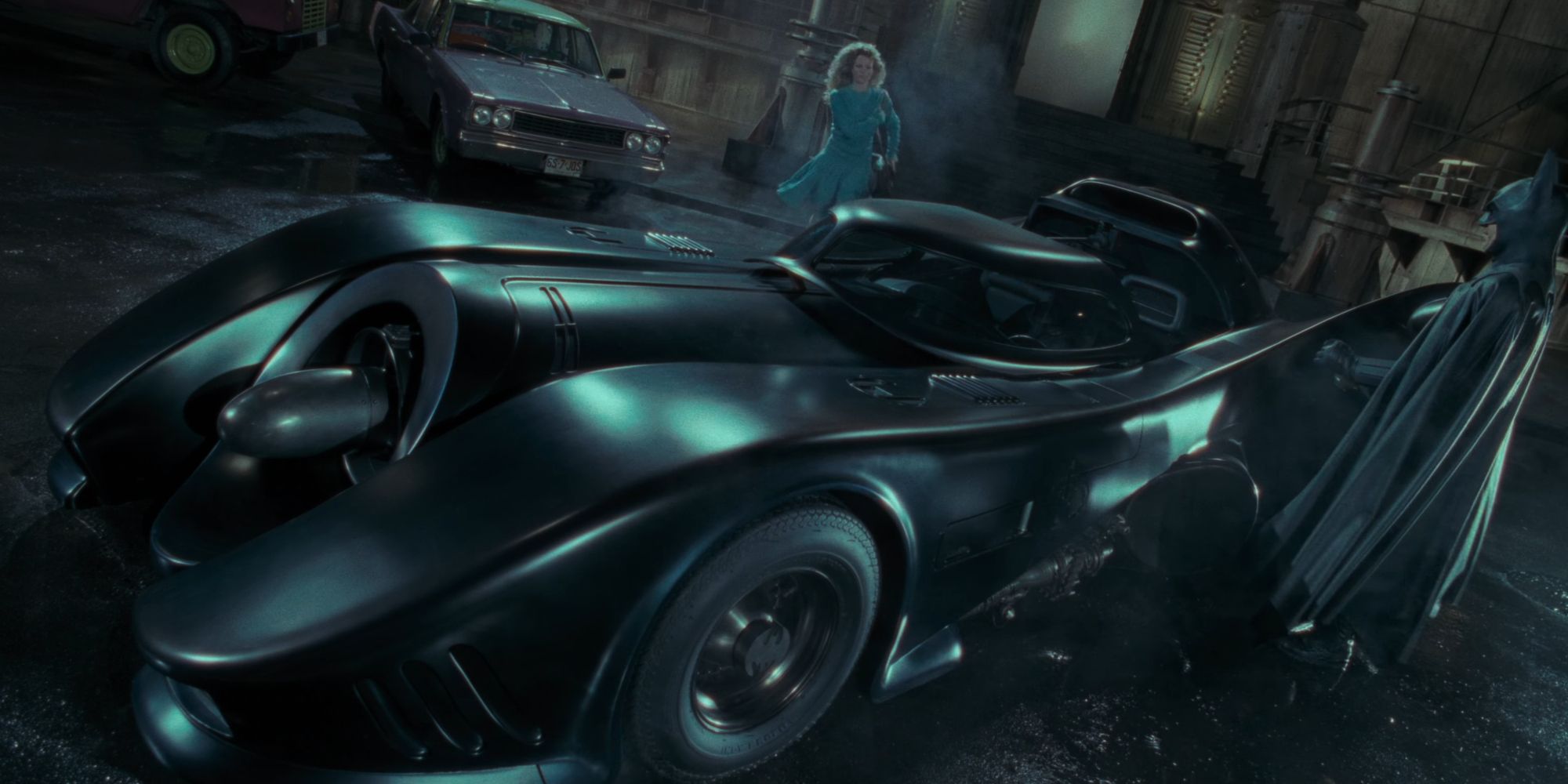
The media deregulations of the 1980s, unfortunately, removed safeguards against monopolies, but it also resulted in Warner Bros and Time merging to become Time-Warner. Time-Warner utilized all possible mediums at its disposal to advertise the upcoming Batman film in 1989, from magazines to television stations, which only further supplemented the film’s widespread public awareness. Batman’s unprecedented marketing even seeped into the film itself, with the studio mandating that Batman’s Batmobile not be damaged or destroyed and forcing Prince’s soundtrack to be featured throughout the movie. Batman’s marketing style did have its drawbacks, however, as its sequel, Batman Returns, demonstrated.
In the hopes of replicating 1989 Batman’s success, WB not only repeated their aggressive promotional campaign but also convinced Tim Burton to return by giving him far more creative freedom. Returns’ darker, more violent, and sexually suggestive story and dialogue caused an uproar among concerned parents who believed the film would remain appropriate for younger viewers. Following Batman Returns’ villain backlash, WB opted to adopt a more family-friendly approach to future Batman films, replacing Tim Burton with Joel Schumacher, whose well-intentioned films were seen as too campy by numerous viewers and critics, eventually leading the franchise to be rebooted by Christopher Nolan in 2005 with Batman Begins. Schumacher’s two films, which were intended to inhabit the same continuity as Burton’s, were eventually relegated to their own continuity, with 2021’s Batman ’89 comics and the DCEU film The Flash ultimately continuing where Batman Returns left off.
Batman 1989’s Influence on DC & The Film Industry
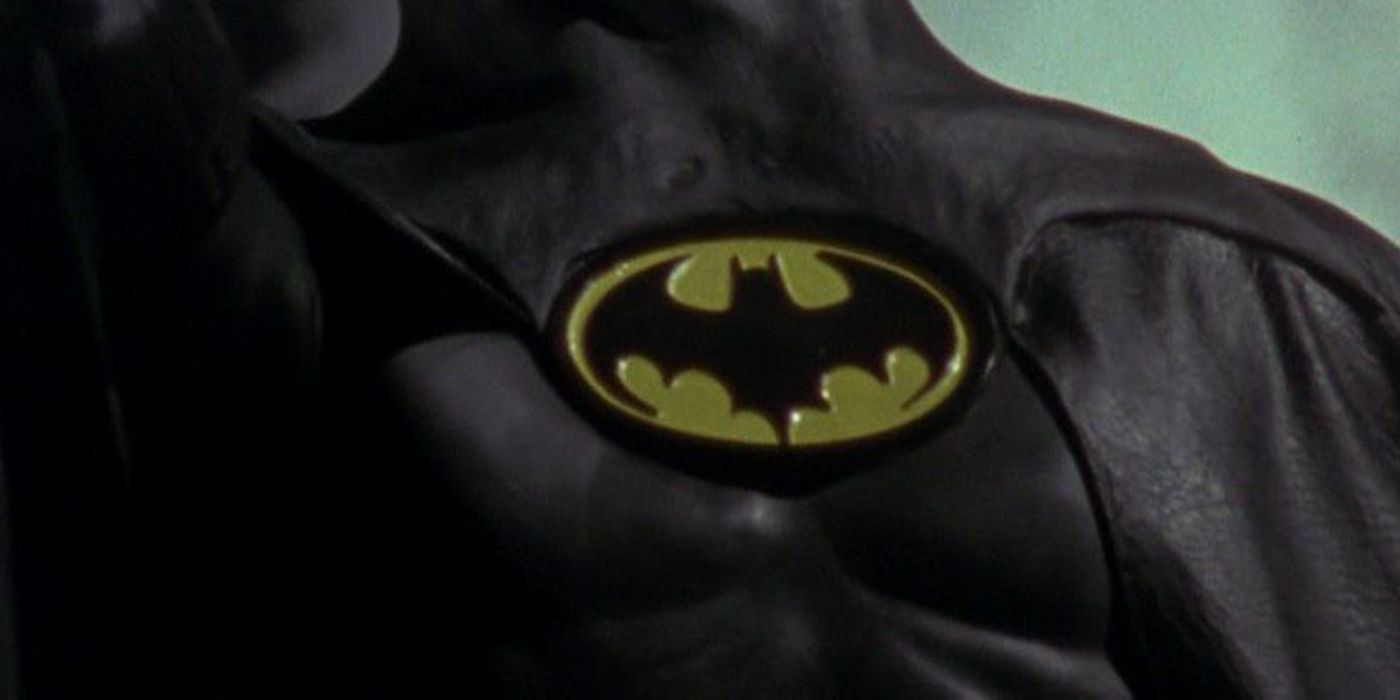
Batman’s success instantly transformed the Dark Knight into DC and WB’s most lucrative superhero property, with WB never going too long without releasing a Batman movie, regardless of continuity. In one case, Batman’s ancillary material took on a life of its own, with Batman: The Animated Series being part of Batman Returns’ promotional campaign and becoming one of the most iconic adaptations of Batman. All in all, Batman: The Animated Series lasted for four seasons and gradually led to the DC Animated Universe via Superman: The Animated Series and crossover shows like Justice League and Justice League Unlimited. Batman’s gratuitous use of its yellow and black logo was also mimicked by other films, exemplified by the marketing efforts of both Dick Tracy and Jurassic Park.
Batman 1989’s Effect On Marvel
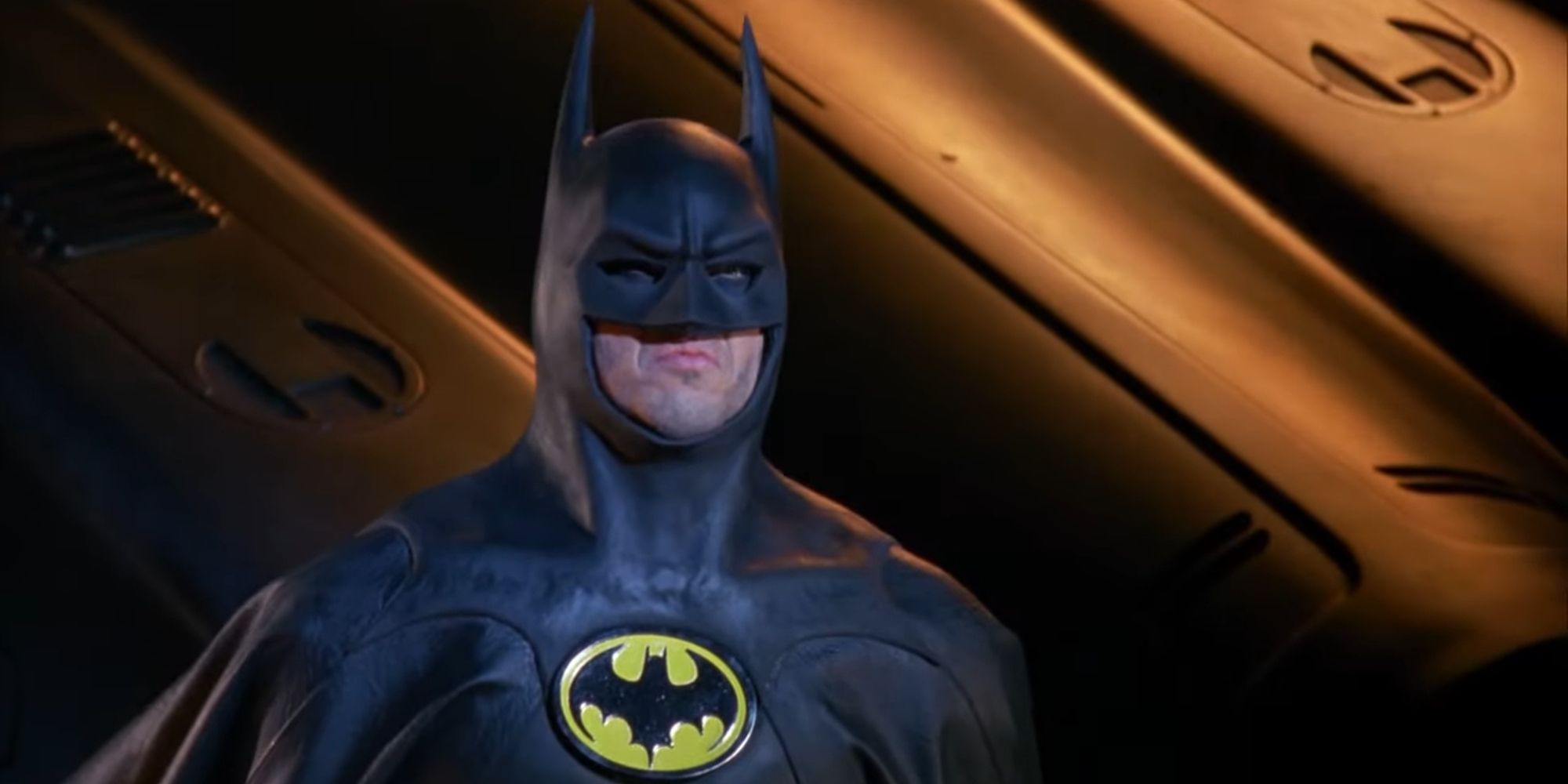
Batman’s aggressive promotional campaign was also mimicked by Marvel’s superhero films, particularly Sony’s Spider-Man movies and early MCU installments. While the MCU eventually left its own influence on blockbuster films, popularizing the concept of comic book-style shared universes, Sony’s Spider-Man films by Sam Raimi and Marc Webb took advantage of the web-slinger’s widespread appeal and marketability with merchandising campaigns that made Spider-Man as ubiquitous as Batman. The Raimi and Webb films’ marketing grew past simple promotion in some cases, with the spinoff video games and novelizations adding new content to their respective universes and, in Spider-Man 2’s case, becoming a beloved video game regardless of its ties to the film continuity. Ever since Tim Burton’s first Batman movie, WB has similarly marketed their Batman films using the winning formula that made the 1989 movie so successful.
Key Release Dates

Super Pets
Release Date:2022-07-29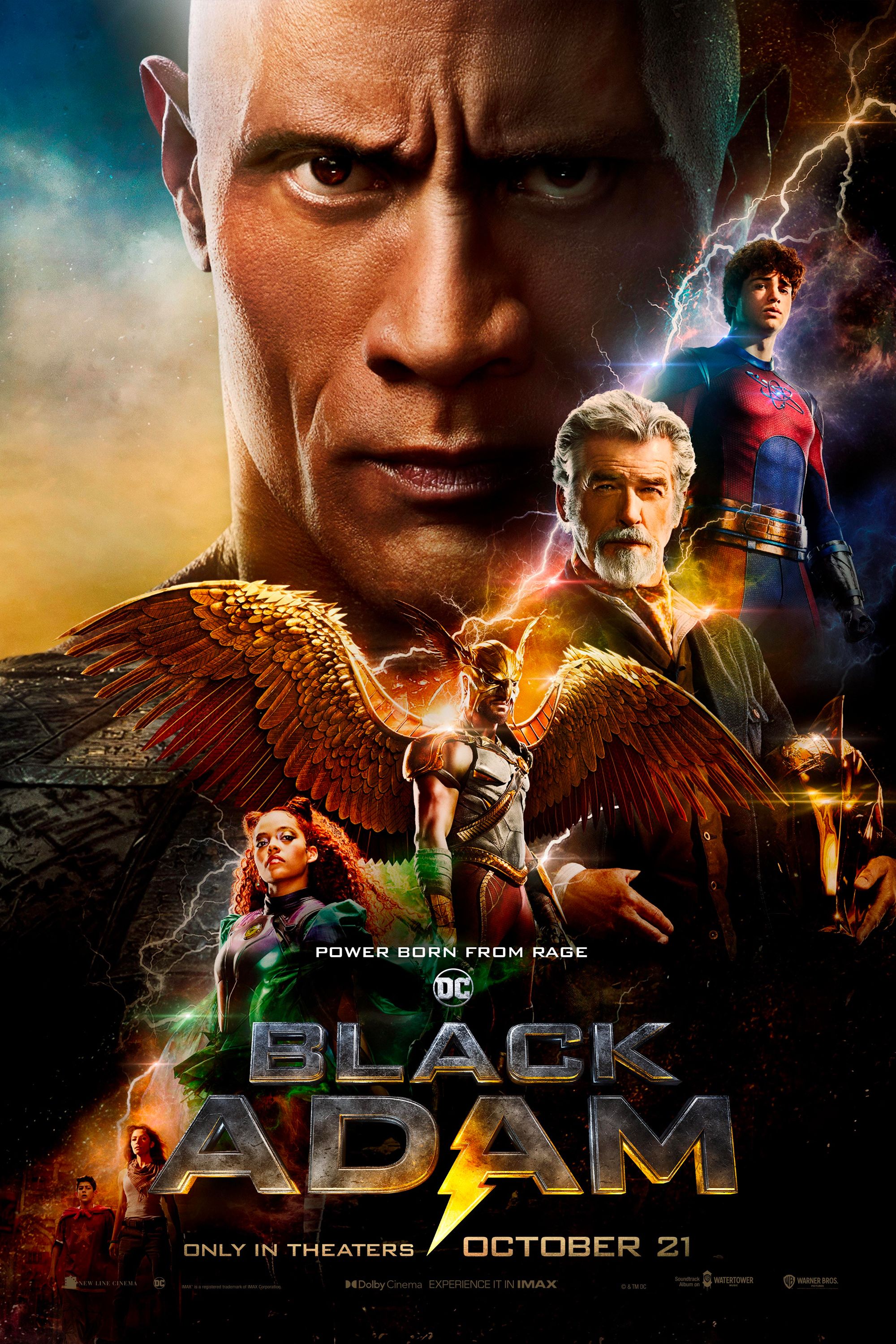
Black Adam
Release Date:2022-10-21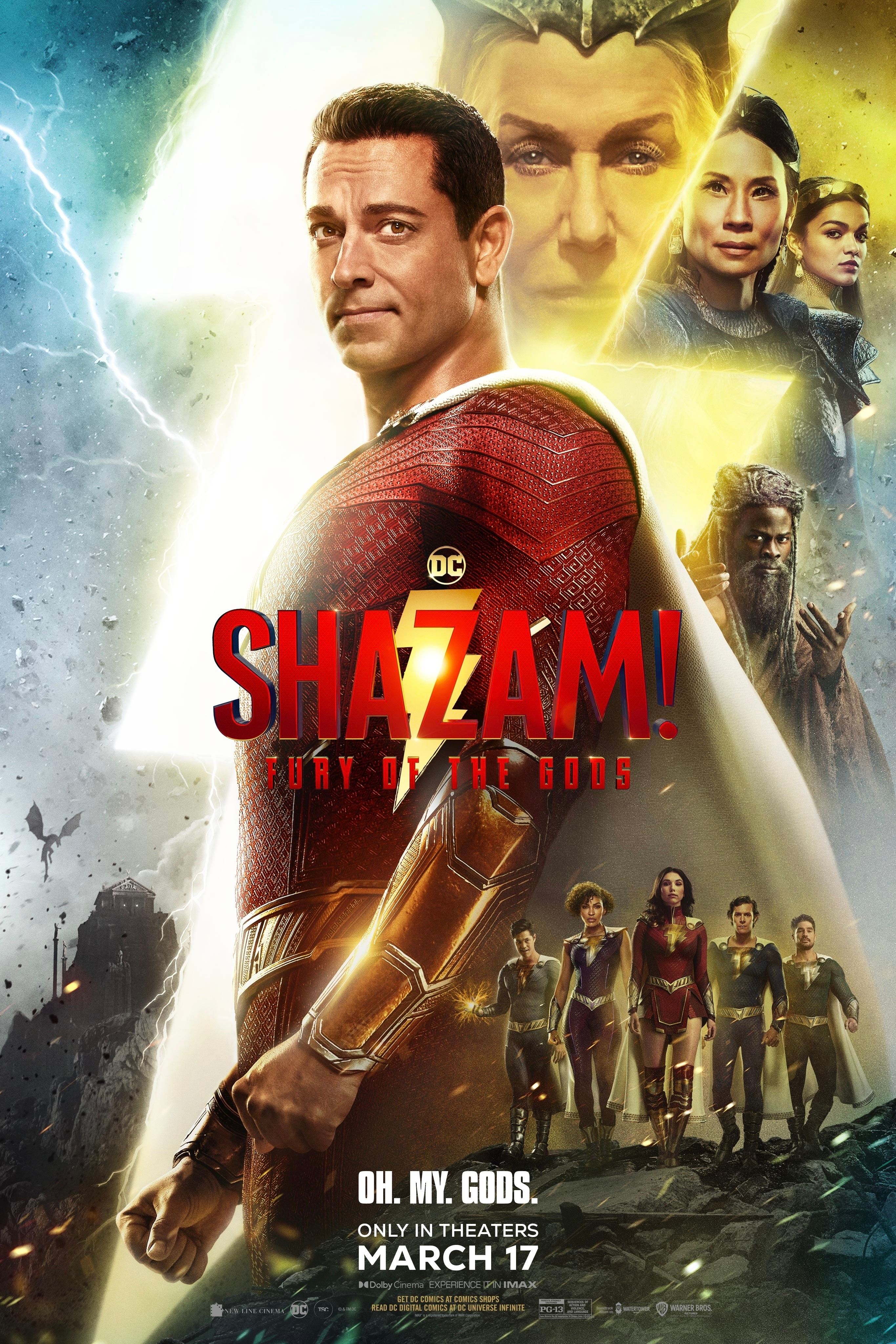
Shazam! The Fury of the Gods
Release Date:2023-03-17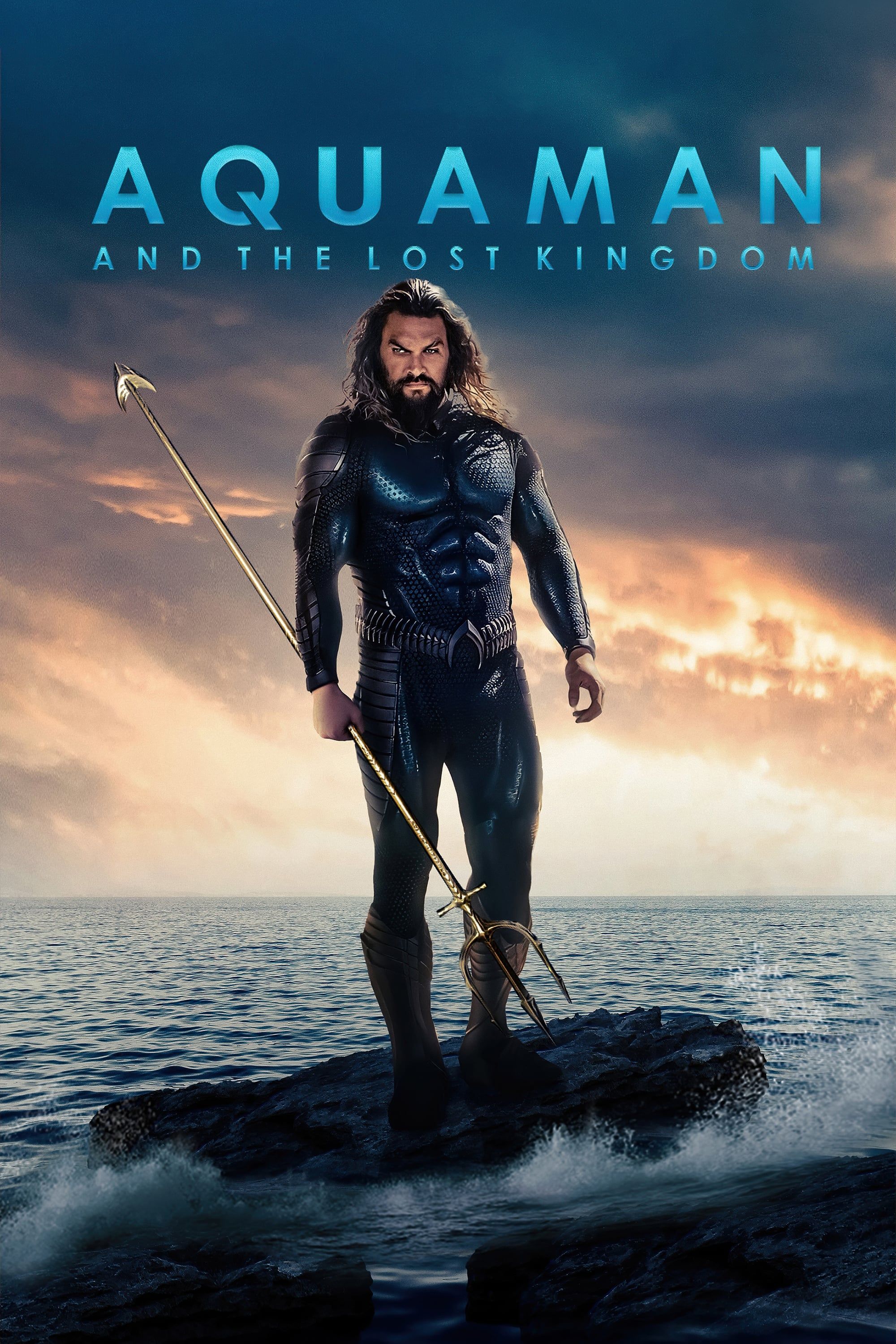
Aquaman 2
Release Date:2023-12-25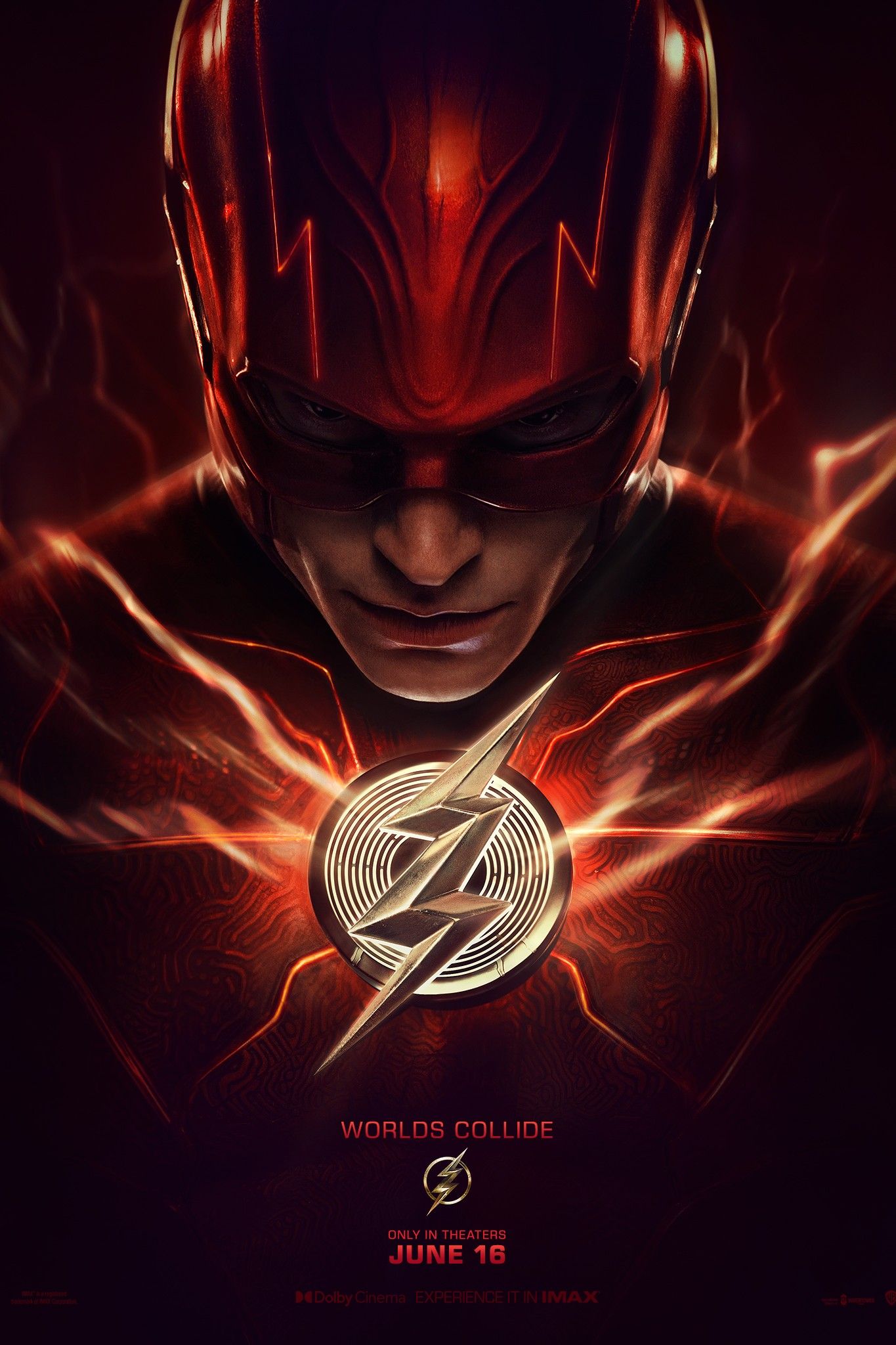
The Flash Movie2
Release Date:2023-06-16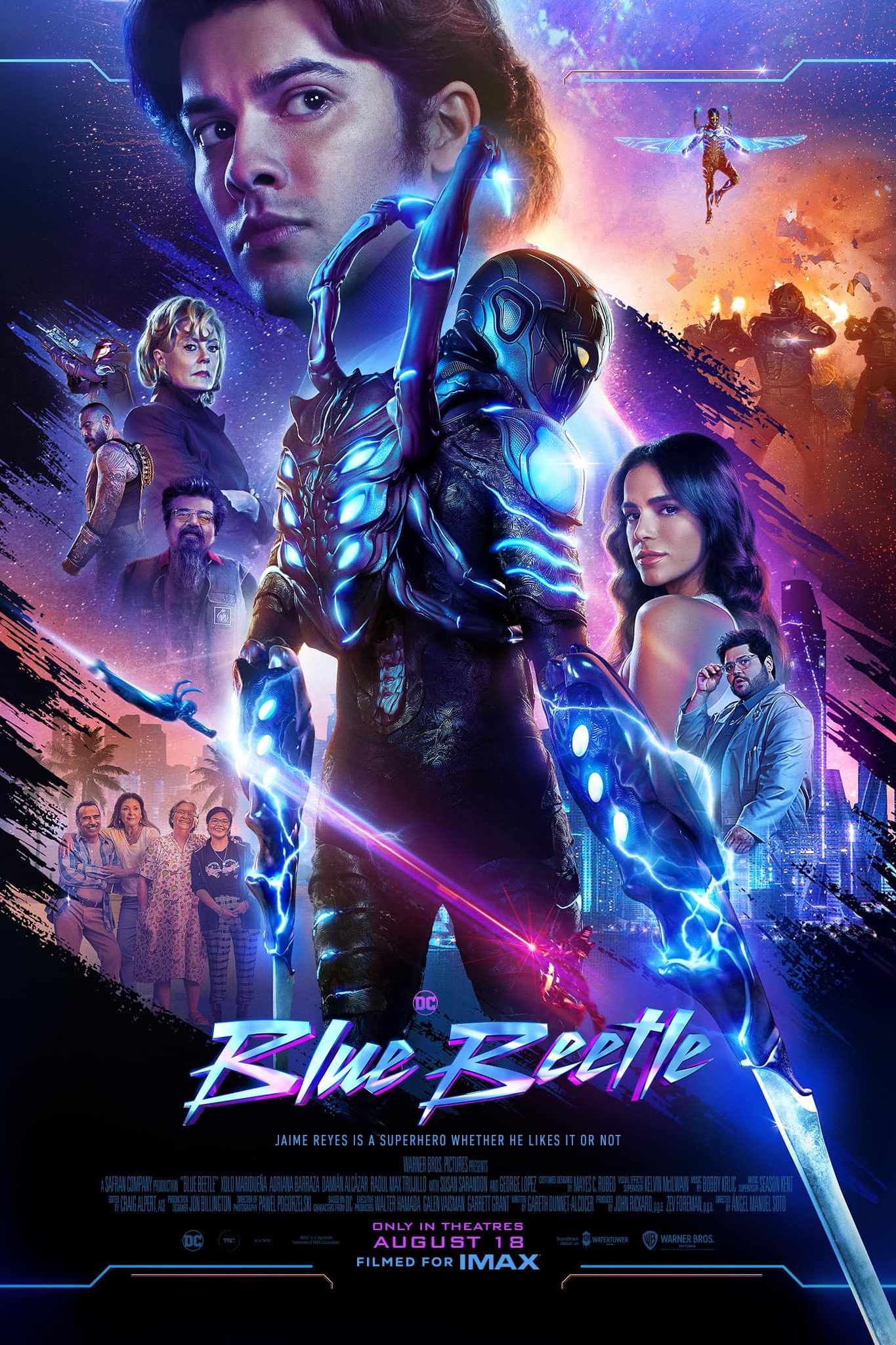
Blue Beetle
Release Date:2023-08-18
